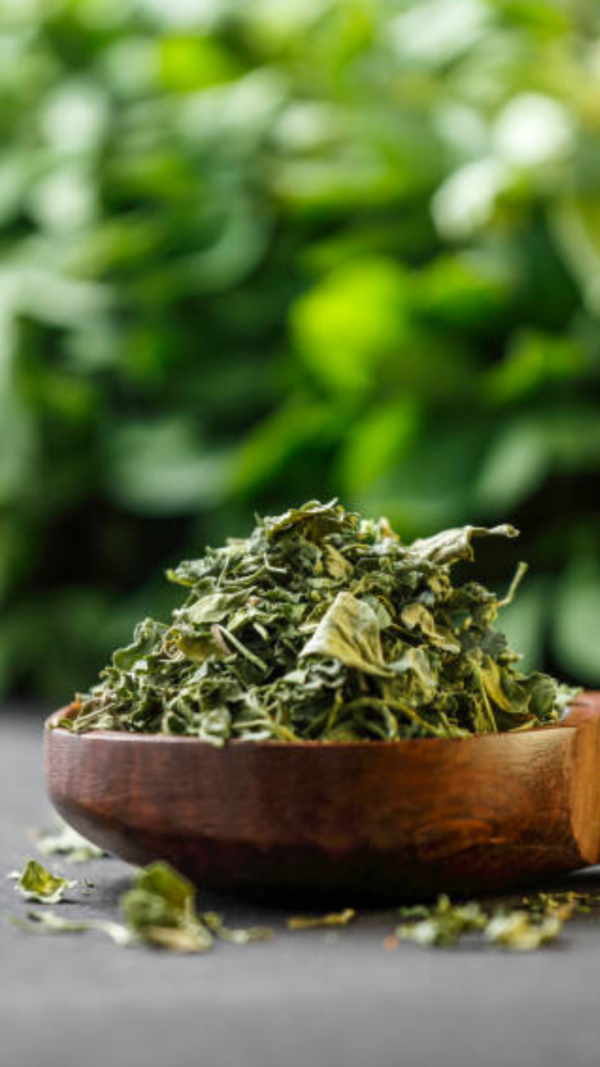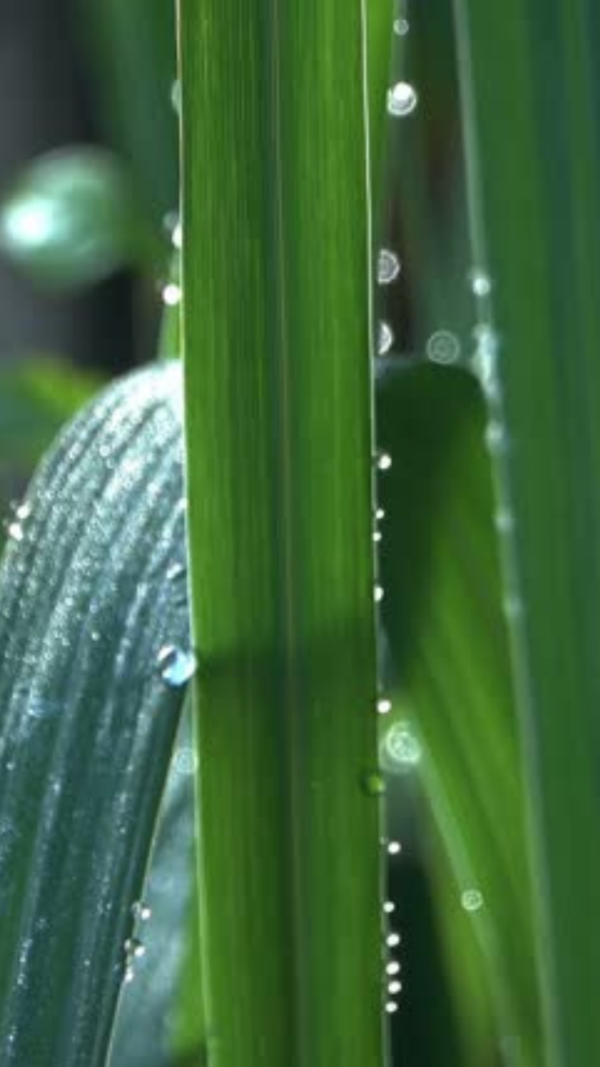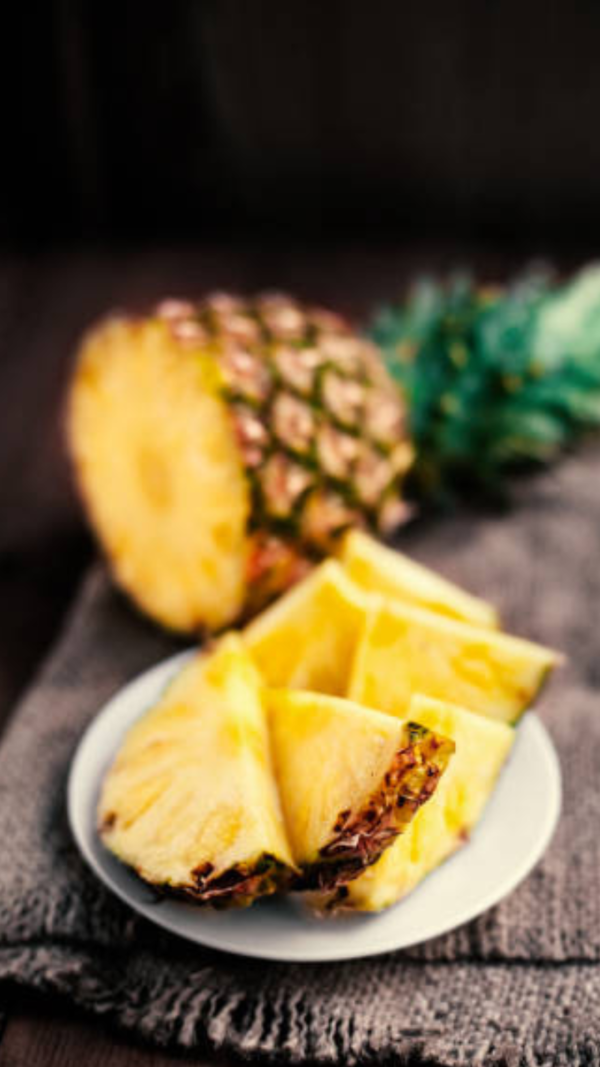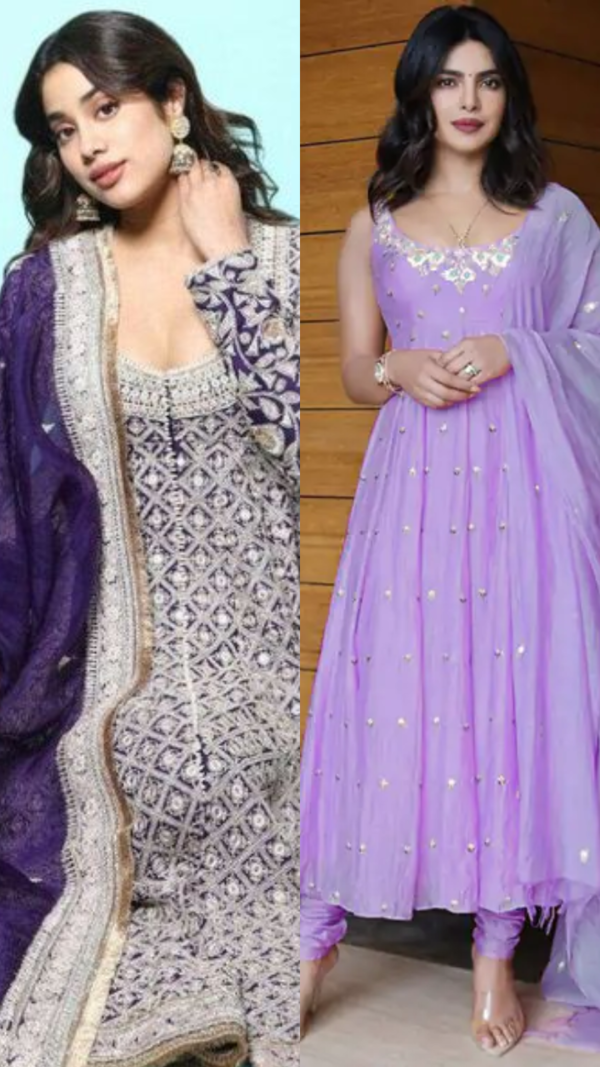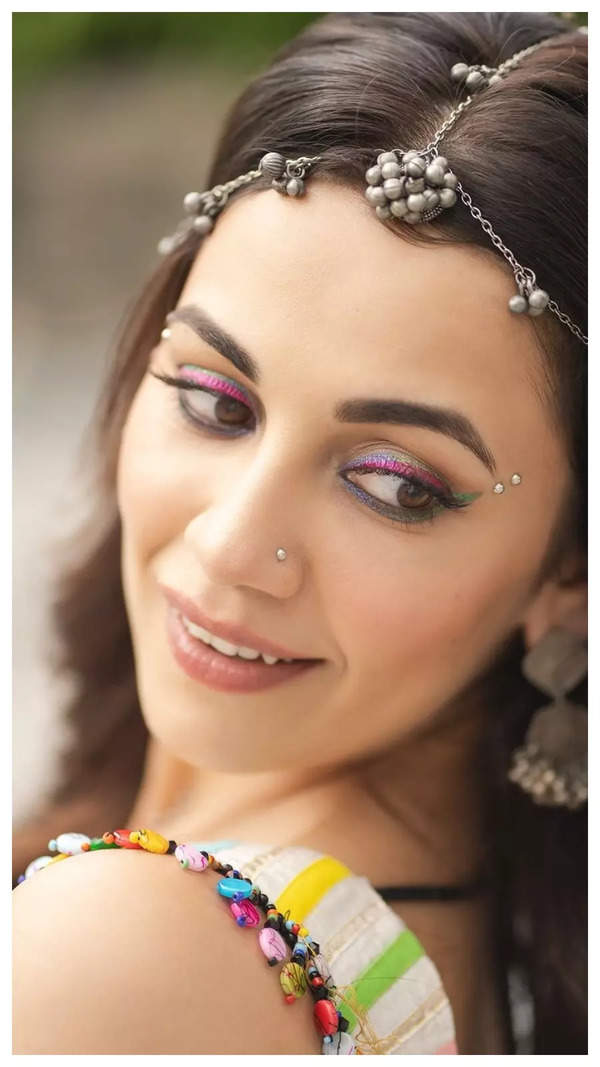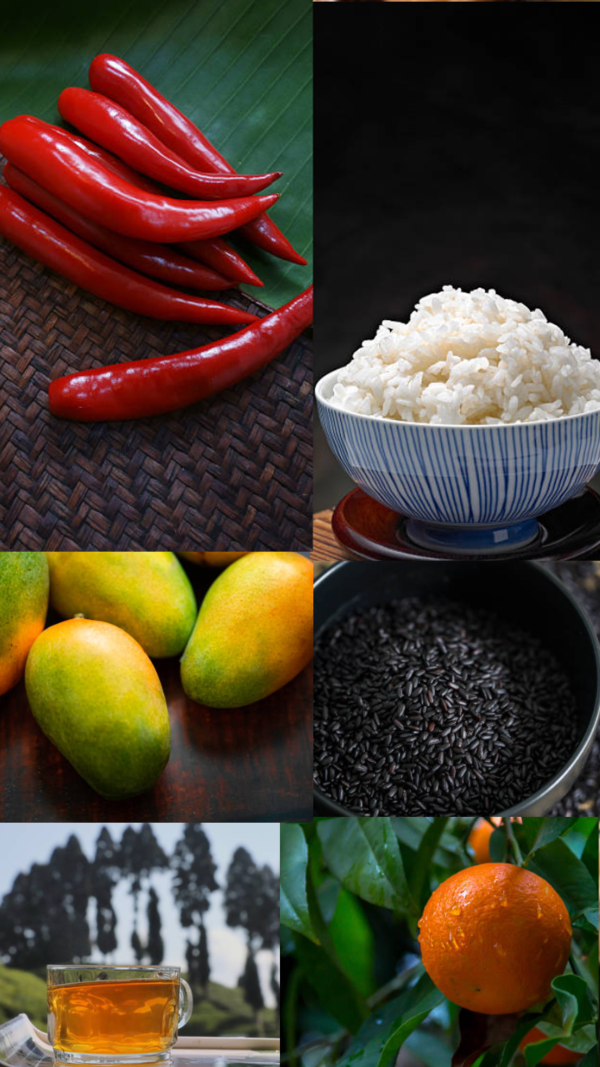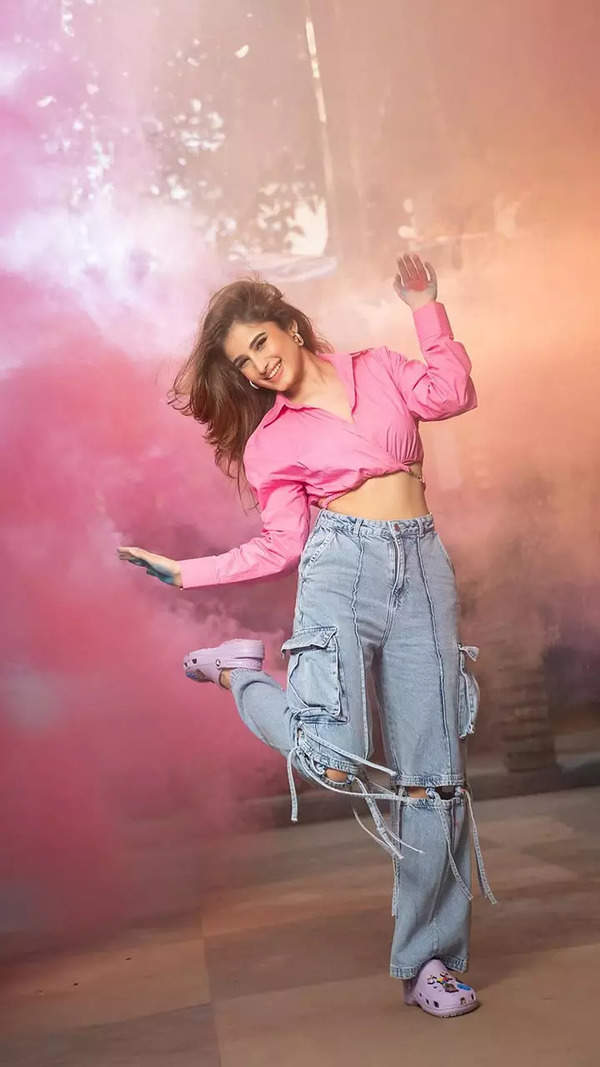- News
- City News
- ranchi News
- Chinese imports dominate Holi markets in city
Trending
Chinese imports dominate Holi markets in city
Ranchi: As Holi approaches, Ranchi's markets are flooded with diverse products to celebrate the festival of colours in both traditional ways and emerging trends. However, the celebrations will be heavily influenced by Chinese products as the influx of water guns, masks and decorative items made in the "dragon land" is evident, overshadowing local merchandise. Yet, a growing segment of health-conscious consumers gravitate towards homemade herbal colours, bent on using natural ingredients like turmeric, beetroot and marigold petals instead of chemical colours.
At Upper Bazar, one of Ranchi's prominent commercial hubs, the dichotomy of traditional and modern trends, as well as Chinese and local paraphernalia, is amply clear. Vendors display vibrant Chinese pichkaris alongside stalls offering organic gulal. Ravi Kumar, a local shopkeeper, said, "The market is flooded with Chinese products because they're affordable and attractive to kids. But many customers now ask for natural colours, concerned about skin reactions from synthetic ones."
Meanwhile, concerned shopkeepers said the popularity of imported items impacted the local businesses. Rajesh Singh, a trader in Upper Bazar, said, "Chinese products are cheaper but they hurt our local economy. We need to support indigenous artisans to preserve our culture and livelihood."
For those inclined to prepare colours at home, numerous resources are available. A popular method involves mixing cornstarch with natural dyes extracted from plants. For instance, boiling hibiscus flowers yields a red hue, while turmeric provides yellow.
She added, "Making colours at home has become a family activity. It's safe, enjoyable and adds a personal touch to our celebrations."
In addition to colours, the traditional attire is witnessing a fusion of styles. Designer Shamsher Ali said, "This Holi, we're seeing a strong preference for pastel shades blended with traditional white kurtas. Embroidery inspired by tribal patterns and floral motifs is gaining popularity. Young buyers prefer outfits that are comfortable yet stylish for outdoor celebrations. We've also introduced lightweight fabrics like cotton-linen blends to keep people cool while they play with colours. The goal is to create attires that are both festive and practical, blending tradition with contemporary fashion."
End of Article
FOLLOW US ON SOCIAL MEDIA


